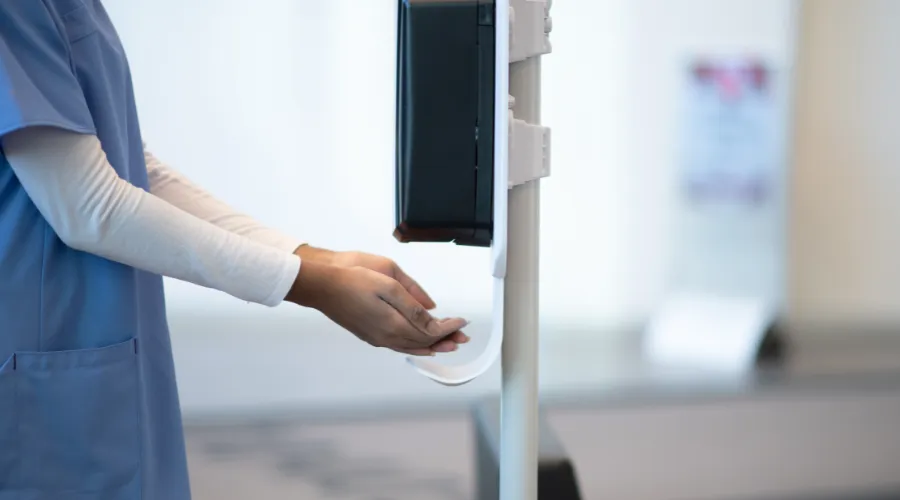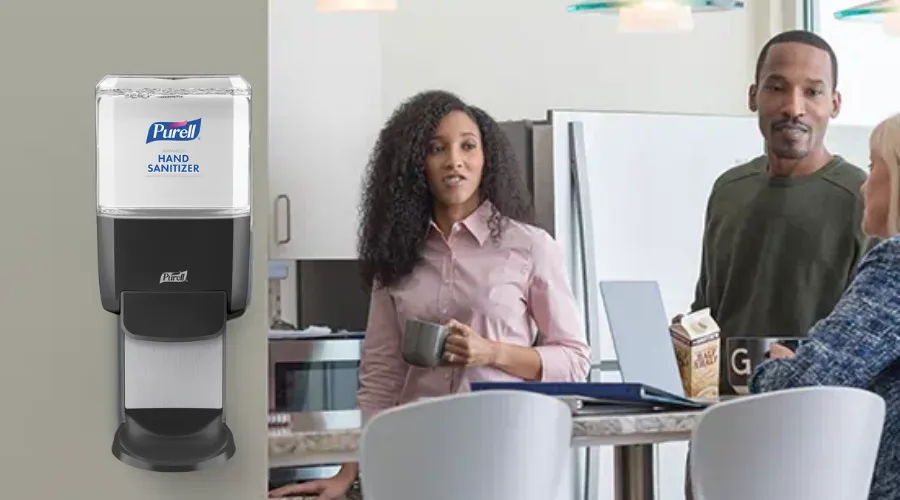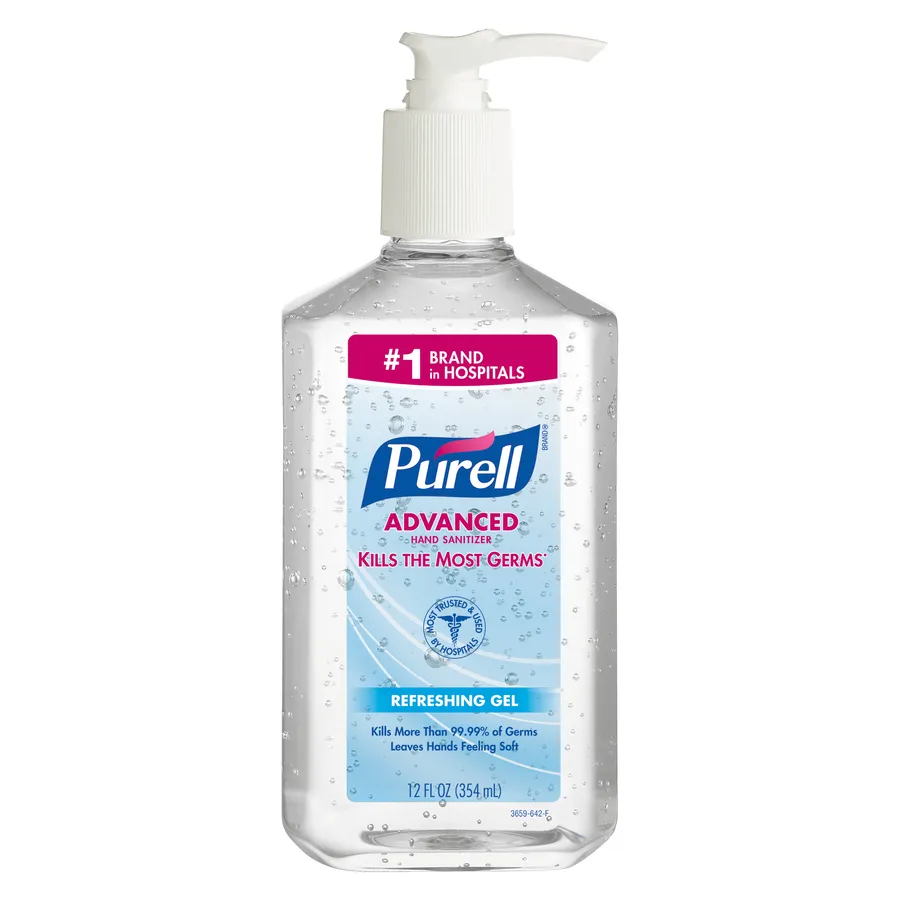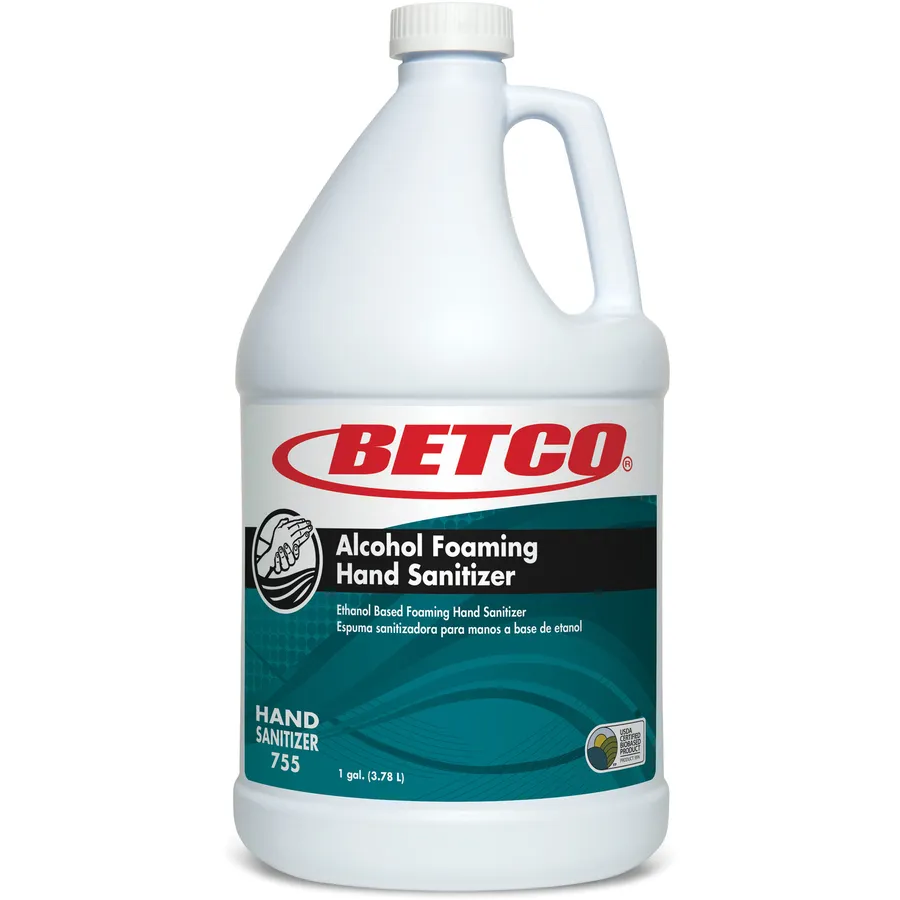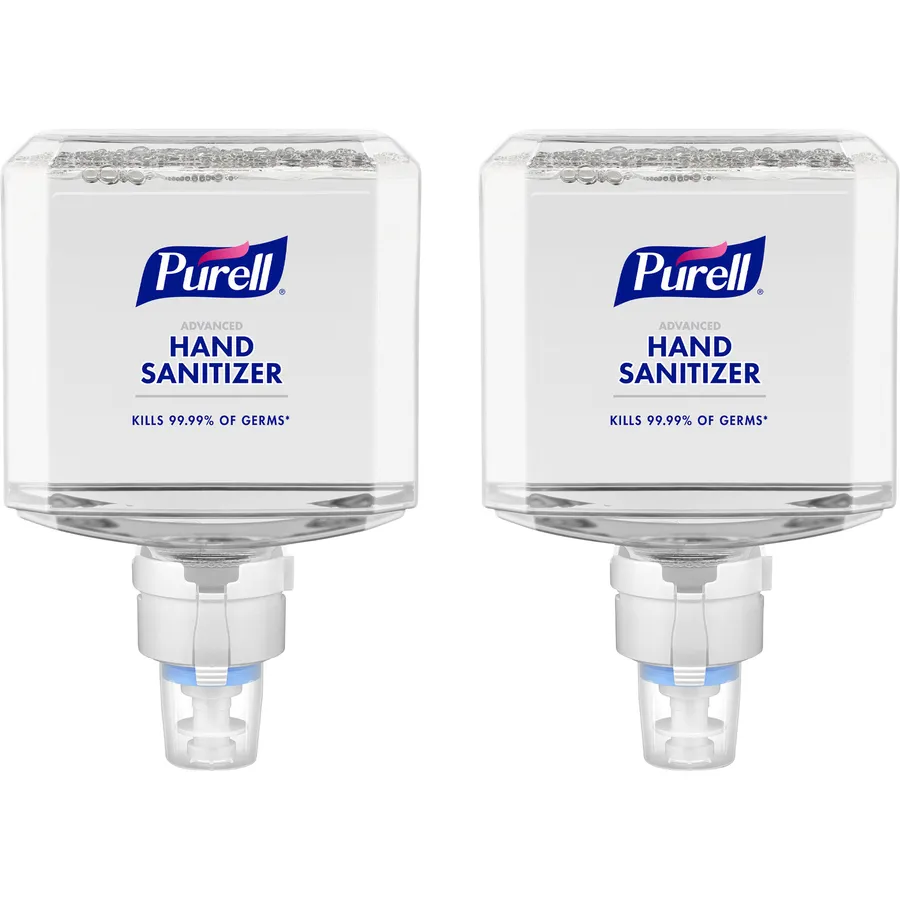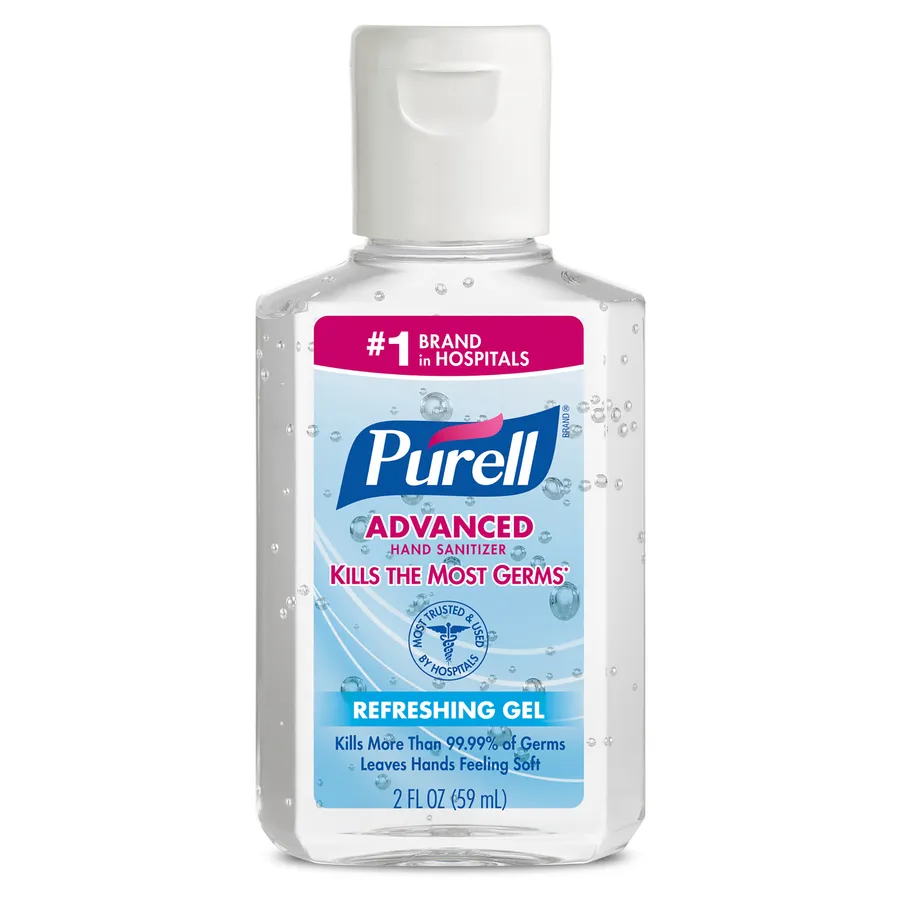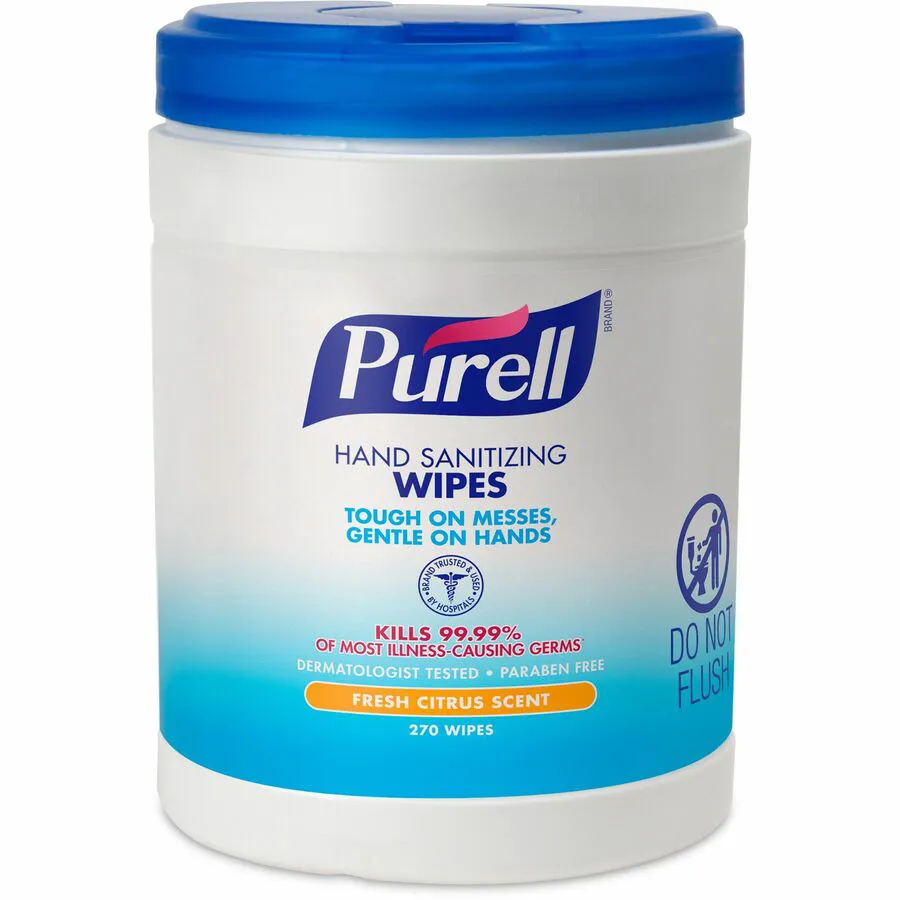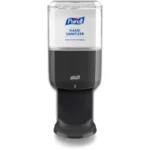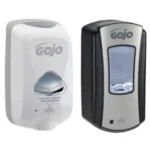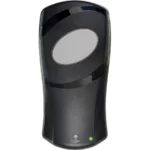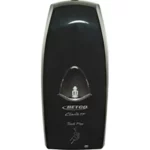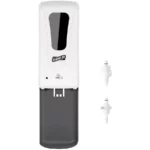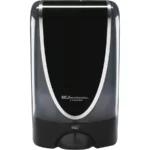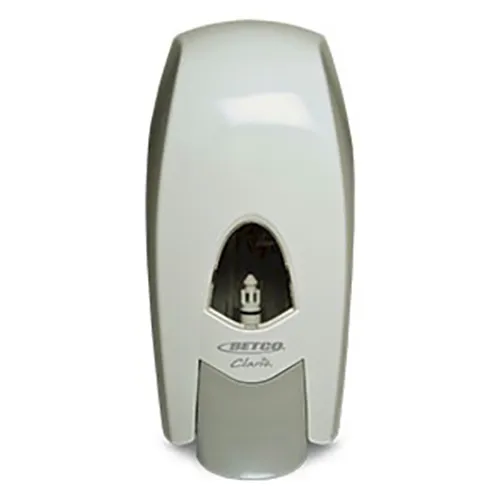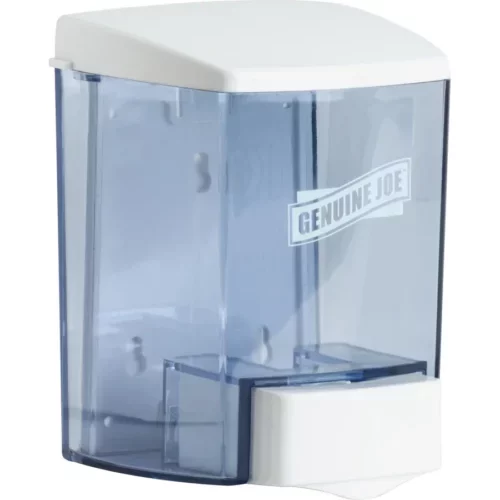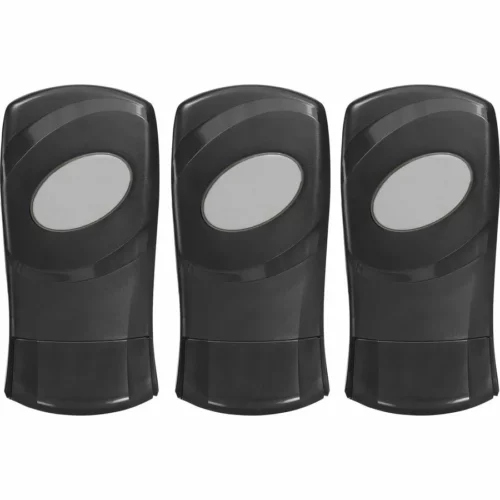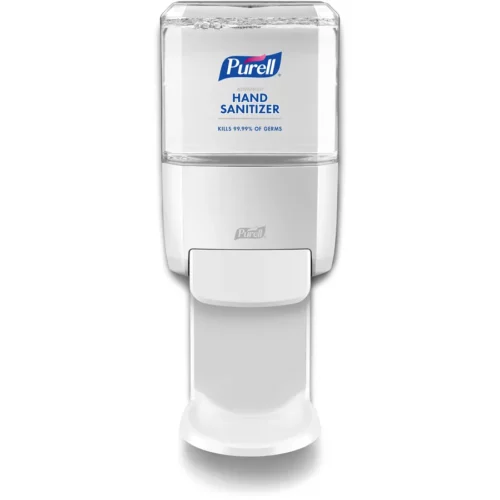
Practicing good hand hygiene, which includes the use of alcohol-based hand sanitizer or handwashing, is a simple yet effective way to prevent the spread of pathogens and infections. Hand washing mechanically removes pathogens, and proper use of alcohol-based hand sanitizers with 60%-95% alcohol inactivates SARS-CoV-2, removing up to 99.99% of germs within 15 seconds. See below for various hand sanitizing options. See our separate pages for info on soap options.
ALCOHOL VS. ALCOHOL-FREE CONSIDERATIONS
Alcohol-Based
The CDC recommends using hand sanitizers with at least 60% alcohol. The alcohol may be either ethyl alcohol (ethanol) or isopropyl alcohol (isopropanol). When using ethanol, the alcohol content should be at least 60%. When using isopropanol, the alcohol content should be at least 70%. Ethanol can be made from corn, sugar cane, beets and other organic sources.
A byproduct of this process may unfortunately cause the hand sanitizer to have an off-putting tequila or garbage-like smell. The alcohol in hand sanitizers can dry out skin, which is why many hand sanitizer manufacturers include glycerin, aloe or other skin conditioners in their products to help re-moisturize the skin.
Alcohol-Free
The primary chemical in alcohol-free hand sanitizer is benzalkonium chloride (BAC), which is a disinfectant. Benzalkonium chloride, along with both ethanol and isopropanol, are all deemed eligible by the FDA for use in the formulation of healthcare hand sanitizers. However, available evidence indicates benzalkonium chloride has less reliable activity against certain bacteria and viruses than either of the alcohols.
Benzalkonium chloride may be appropriate for environments that prefer to remain alcohol-free due to concerns about flammability or ingestion. This could include schools, prisons, alcohol rehabilitation and selected healthcare facilities. Non-alcohol based hand sanitizer is typically less expensive than alcohol based hand sanitizer.
FOAM, GEL, LIQUID AND SPRAY COMPARISONS
Foam
- More luxurious feel than liquid or gel, encouraging people to sanitize more often
- Clings to hands better so less likely to drip on clothing or floors (hand sanitizer can damage floors)
- Preferred by many as their favorite style of hand sanitizer
- Smaller dose size makes it the most economical per use, plus users don’t tend to use as many extra doses due to thickness
Gel
- Spreads more evenly and consistently across all areas of hands, leading to the most thorough application
- Preferred choice for healthcare personnel
- Feels stickier than foam or liquid
- Less likely to drip than liquid hand sanitizer based on thicker viscosity
Liquid
- Popular form of hand sanitizer
- Most likely to drip, getting on clothes and possibly damaging floors
Spray
- In addition to being usable to sanitize hands, sprays are often used to quickly sanitize hard surfaces such as door handles, phones (not recommended for screens), steering wheels, keys etc that can become cross-contaminated through contact
- Sprays are thinner than liquids in order to be able to be sprayed. Therefore, they deliver less actual product per “dose”, making them cost effective
HAND SANITIZER MYTHS: (STRAIGHT FROM GOJO/PURELL WEBSITE)
MYTH #1: USING HAND SANITIZER CREATES ANTIBIOTIC RESISTANCE.
Truth: The use of PURELL® Advanced Hand Sanitizer does NOT cause antibiotic resistance.
Antibiotics are ingested and operate completely differently than alcohol-based hand sanitizers. The alcohol in hand sanitizer quickly kills a broad spectrum of germs and is not left on skin to let the germs become resistant.
According to the Centers for Disease Control and Prevention (CDC), the primary cause of antibiotic resistance is the overuse of antibiotics.
MYTH #2: HAND SANITIZERS CREATE SUPERGERMS.
Truth: The use of PURELL® Advanced Hand Sanitizer does NOT create supergerms.
This myth is similar to Myth #1. “Supergerms” is a term used to refer to hard to kill microbes that can make you sick. Ethyl alcohol, the active ingredient in PURELL® Brand Hand Sanitizers, rapidly destroys the cell membranes and denatures the protein – which means it’s not left behind to let the germs become resistant or become what some people call “supergerms.”
MYTH #3: ALL GERMS ARE THE SAME.
Truth: All germs are NOT created equal. There are transient organisms (illness-causing pathogens, aka bad germs) and resident organisms (good germs).
There are two types of germs. Resident organisms live on our skin at all layers of the skin. Transient organisms are acquired as you touch something – think railings, menus, remote controls, or door knobs – and can be transmitted into your body to make you sick – or can make someone else sick, when they touch objects that you have touched.
MYTH #4: USING HAND SANITIZER KILLS ALL OF THE GERMS, EVEN THE GOOD GERMS.
Truth: PURELL® Advanced Hand Sanitizer helps maintain the normal microflora of the skin.
Alcohol-based hand sanitizers reduce the transient organisms – the goal being to reduce illness-causing germs below the infectious dose (what your immune system can handle). Hand sanitizers do reduce the resident organisms, or what some people call the “good germs,” but those good germs quickly grow back and remain as our normal microflora. Hand sanitizing or hand washing does NOT sterilize or eliminate all microbes on your skin! 3, 4
MYTH #5: ALL ALCOHOL-BASED HAND SANITIZERS ARE THE SAME.
Truth: The formulation matters, not all sanitizers are the same.
While the active ingredient and percentage of alcohol is important, the total formulation affects the antimicrobial efficacy (how fast it works and the types of microbes it kills). The product also must deliver good skin care performance – at least not damage the skin. It also needs to provide a good sensory experience: if it’s enjoyable to use, you are more likely to use it at key moments. In addition to being effective and pleasing to use, the product must also be safe to use.
PURELL® Products adhere to the highest standards of product formulation and production – only sourced from suppliers who offer ethyl alcohol suitable for OTC drug products. We conduct rigorous quality testing of both the alcohol and the finished PURELL® Hand Sanitizer to ensure it meets FDA drug product quality requirements. In addition, GOJO has always included a denaturant in PURELL®Alcohol-Based Hand Sanitizer to help deter misuse.
MYTH #6: HAND SANITIZERS CAN MAKE CLAIMS ABOUT ITS EFFECTIVENESS AGAINST VIRUSES.
Truth: The FDA does not allow any manufacturers of hand sanitizer or soap to make claims about the efficacy against any specific virus.
Hand Sanitizers are over-the-counter drugs and are regulated by the FDA. A claim around efficacy of PURELL® Hand Sanitizer against any specific virus would be an off-label claim, and not allowed under the FDA rules (without a formal “New Drug Approval” by the FDA). The claim is required to be more general, such as: PURELL® Advanced Hand Sanitizer kills 99.99% of most common germs that can make you sick.
MYTH #7: FREQUENT USE OF HAND SANITIZERS DRIES OUT MY HANDS.
Truth: PURELL® Advanced Hand Sanitizer maintains or improves skin condition.
This goes back to formulation matters – PURELL® Hand Sanitizers include skin conditioners that absorb into the skin in a helpful way. PURELL® hand sanitizers have been developed to be used repeatedly without damage to the skin. Studies show that use of PURELL even in high-frequency settings like healthcare does not dry out skin.


